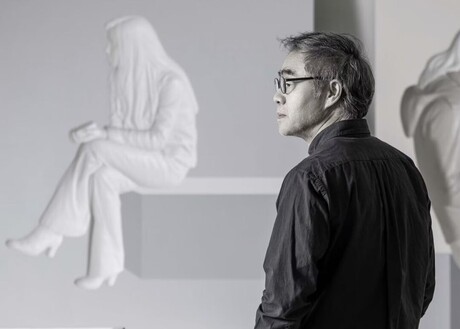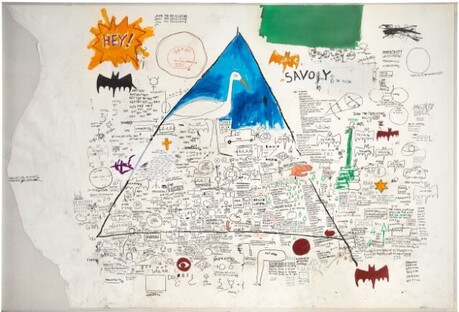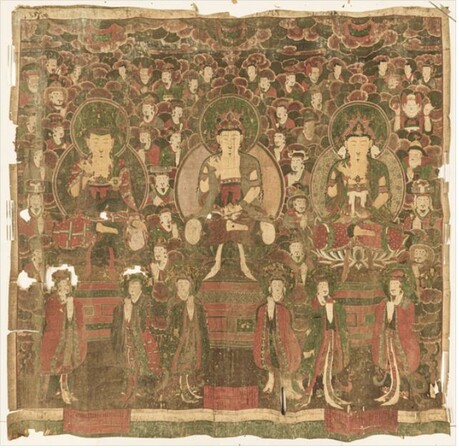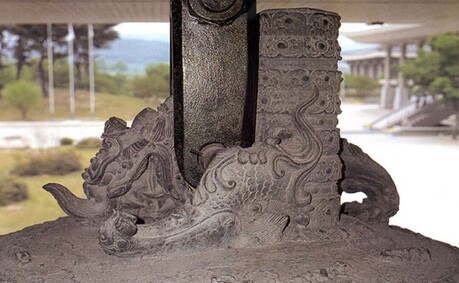The Louvre Museum is presenting a comprehensive retrospective of Jacques-Louis David featuring 100 works by the celebrated French artist, marking the upcoming bicentenary of his death on December 28, 1825. Opening October 15 and running through January, this major exhibition offers a fresh interpretation of David's career after 35 years since the museum's last David retrospective in 1989, which was strongly tied to the French Revolution's bicentennial.
Curator Sébastien Allard explained that while the anniversary provided an opportunity, the primary motivation was to revisit David's career in a new light. The exhibition features prestigious loans from international institutions, including the Royal Museums of Fine Arts of Belgium's "Mars Disarmed by Venus" (1824), the Metropolitan Museum of Art's "The Death of Socrates" (1787), and the Cleveland Museum of Art's "Cupid and Psyche" (1817), which was not included in the 1989 exhibition.
A key aspect of this retrospective is its focus on David's complex political engagement throughout his career. During the final years of the Ancien Régime, David painted "The Death of Socrates," which appealed to liberal circles favoring constitutional monarchy, including the work's patron Charles Louis Trudaine de Montigny, a member of the Paris parliament. David later aligned himself with Robespierre and, as a member of the National Convention, voted in favor of King Louis XVI's execution.
During the Reign of Terror (1793-94), David held several prominent positions, from member of the Committee of Public Instruction to president of the National Convention, while creating portraits of revolutionary martyrs, including his friend Jean-Paul Marat, who was assassinated in 1793. After the Revolution, David narrowly escaped the guillotine and from 1799 onward became fascinated with Napoleon Bonaparte, serving as First Painter to the Emperor. However, with the Bourbon Restoration in 1815, David was forced into exile in Brussels, where he died in 1825.
The exhibition challenges the traditional "Neoclassical" label long attached to David, which historically carries connotations of cold, abstract formalism. Allard argues that this term is at odds with David's ambitious project of promoting ideals of freedom and fighting against academicism. "We have deliberately avoided using the term altogether, as it carries a formalist connotation," Allard stated. According to the curator, David's references to the Roman Republic were his way of speaking to people during uncertain times, looking to the past only to give society a future.
The show also highlights David's surprising connection to Caravaggio, which Allard considers far more significant than previously recognized. David first encountered Caravaggio's paintings in 1779 when his teacher Joseph-Marie Vien sent him to Naples to lift him from depression. The young artist had told Vien, "Antiquity will not seduce me; it lacks spirit, it doesn't stir the soul." This experience proved revelatory, with David realizing his previous approach was mistaken and resolving to abandon "this style whose principle was false."
The Caravaggio influence is evident in several works. David's first large commission, "Saint Roch Interceding with the Virgin for the Plague-Stricken" (1780), demonstrates dramatic chiaroscuro. Later works like "The Death of Marat" (1793) and "Cupid and Psyche" (1817) draw on Caravaggio's "Entombment of Christ" (1603-04) and "Cupid as Victor" (1601-02), respectively. When the Académie required him to copy a great master, David deliberately chose Valentin de Boulogne, one of Caravaggio's followers, an unconventional choice at the time.
Allard also seeks to correct misconceptions about David's attitude toward women. The curator argues against interpretations of David as a misogynist, noting that in the 18th century, crying was not perceived as weakness. He points to "The Intervention of the Sabine Women" (1799), where "women have come a long way. They stand firm beside the men they have talked into reconciling." David's respect for women is further evidenced by his decision to open his studio to Élisabeth Vigée Le Brun's students, infuriating both the Academy and the Superintendent of the King's Buildings.
The exhibition's installation is carefully designed to create visual connections between works. Three monumental paintings could not be moved from the Salle Daru, including "The Coronation of Napoleon" (1805-07), "Leonidas at Thermopylae" (1814), and "The Lictors Bring to Brutus the Bodies of His Sons" (1789). A special mirror installation across from "The Coronation of Napoleon" recreates a setup David used in his studio beginning in 1808, first with "The Intervention of the Sabine Women" and later with "Mars Disarmed by Venus," to heighten their visual impact. "In that sense," Allard noted, "David was the inventor of immersive exhibitions."
For Allard, the exhibition's most important work is "Mars Disarmed by Venus," believed to be David's final painting. The curator told Louvre president-director Laurence des Cars that without this work, there would be no exhibition. He interprets the canvas, depicting the goddess of love and god of war in an intimate scene, as a response to "Jupiter and Thetis" (1811) by Jean-Auguste-Dominique Ingres, David's former student. By 1824, with the Revolution old news, Napoleon gone, and classical form having lost its value, David found himself politically back to square one in exile, which may explain his return to mythological scenes. Allard suggests one could read "Mars Disarmed by Venus" as "David defeated by Ingres," noting that David's true successors who sought to remain connected to their time were ultimately the Romantics.





















